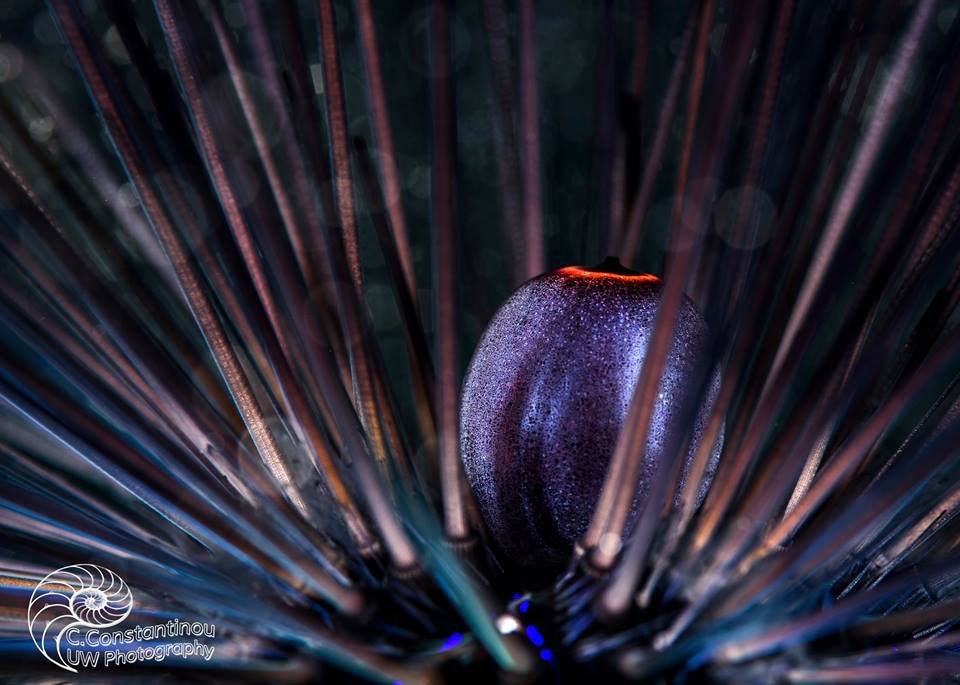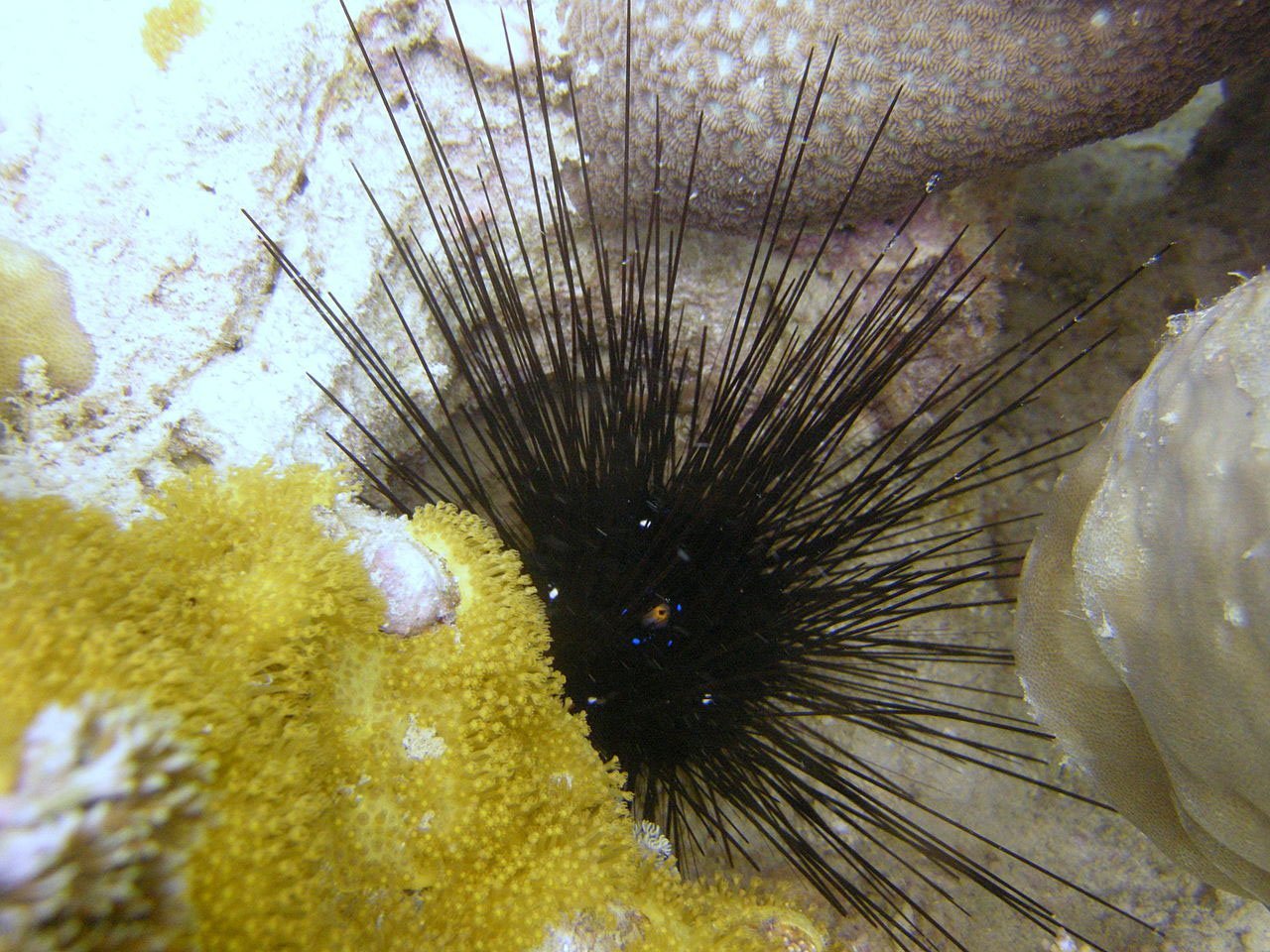Uninvited hitchhicker from the Suez is now found around the island
By Nick Theodoulou
An invasive species of mildly poisonous sea urchin with longer spines than those endemic to Cyprus appears to be thriving across the island and has experts concerned over its impact.
The diadema setosum was most recently sighted by swimmers in Latsi, Paphos but it points to a trend of the black, long-spined sea urchin making itself at home in Cyprus’ waters.
It was reportedly first sighted in Cyprus back in 2016 but since then has been identified at many beaches – ranging from Paphos and Larnaca to Famagusta.
The toxin on its spines typically causes swelling and pain but gradually fades over several hours, with the greatest danger caused by the hollow spines themselves. The spines easily break off and are difficult to extract once embedded in the flesh.
But aside from their otherworldly appearance – seemingly spawned from a Lovecraftian nightmare – experts are concerned over their potential impact on native species and the Cypriot habitat.
“It’s very worrying, it’s an invasive species that’s a herbivore and it grazes on rocks which as a result become barren,” Demetris Klitou from the Marine and Environmental Research lab (MER) told the Sunday Mail.
“It’s worrying but nothing is happening nationally or even locally to control their populations… if we see that they’re impacting rocky reefs and are replacing native sea urchins then we should act,” he said.
Klitou said that he has observed the diadema setosum outcompeting the native species in areas such as Cape Greco and in the Akamas but “they’re basically everywhere, but in those regions specifically they’re everywhere.”
He says there has been a gradual increase in their population growth but that this year has been the most dramatic yet, according to a survey which he took part in and is to be published soon.
It is thought that the main entry point into the Mediterranean for invasive species is from the Suez Canal, which acts as a backdoor from the vast Indo-Pacific into the Cypriot waters.
Our prickly species in question is found throughout the Indo-Pacific – stretching from Australia, Japan and Africa – along with the Red Sea.
“Creatures such as the diadema setosum enter either by swimming – moving – through the Suez or by hitchhiking a ride on the ships which pass through,” Klitou explained.
This can occur via the ballast water of the ships which in some cases may not discharge the mature adult itself but often the larvae of the potentially invasive species.
“These species often hit Cyprus first, the island acts like the doorstep for those that enter up through the Suez and then on to Lebanon and Syria, but if you look at the currents – as was the case with the recent oil spill – then the larvae of the animals move towards Cyprus,” he said, adding that “they then find refuge here, start reproducing and later move westwards.”
And while it may seem to be all doom and gloom, Klitou explained that only about two per cent of the 100 species that make the journey through the Suez get enough of a foothold to be considered invasive.
But in the case of diadema setosum – just the latest in a series of uninvited hitchhikers – it remains to be seen what balance it may strike or disrupt as it attempts to nestle in for the long haul in Cypriot waters.








Click here to change your cookie preferences